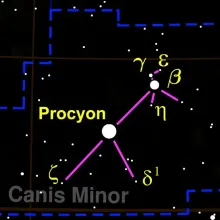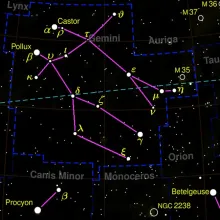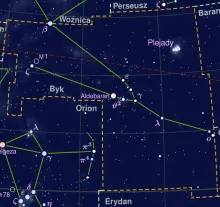Constellation Monoceros
Monoceros is a faint constellation located on the celestial equator. Its name means "unicorn" in Greek, and it was first introduced in the 17th century by the Dutch astronomer Petrus Plancius. The constellation is situated in a region of the sky that is rich with other notable constellations, such as Orion, Canis Major, and Canis Minor. Despite its relatively large size, Monoceros is not particularly bright and is often overlooked, but it holds several interesting deep-sky objects and is a rewarding constellation for dedicated stargazers.








